Glycine (abbreviation Gly CAS 56-40-6), also known as aminoacetic acid, is a non essential amino acid with the chemical formula C2H5NO2. Glycine is an amino acid composed of reduced glutathione, an endogenous antioxidant. It is often supplemented by external sources in the event of severe stress, sometimes called semi essential amino acid. Glycine is the simplest amino acid.
Glycine in solid state is white to grayish white crystalline powder, odorless and non-toxic. It is soluble in water and almost insoluble in ethanol or ether. It is used in the pharmaceutical industry, biochemical tests and organic synthesis. It is the simplest amino acid in the amino acid series and is not necessary for the human body. It has both acidic and basic functional groups in the molecule, can be ionized in water, and has strong hydrophilicity. However, it belongs to non-polar amino acids. It is soluble in polar solvents, but difficult to dissolve in non-polar solvents, and has a high boiling point and melting point, Glycine can take on different molecular forms by adjusting the acidity and alkalinity of aqueous solution.
Appearance and properties: white to off white crystalline powder. It tastes sweet.
Density: 1.254g/cm3
Melting point: 232 ~ 236 ℃ (decomposition)
Solubility: easily soluble in water, slightly soluble in pyridine, almost insoluble in ethanol and ether. Water solubility: 25 g/100 mL (25 ℃). The aqueous solution is slightly acidic.
Stability: Stable Combustible. Incompatible with strong oxidizing agents.
Storage condition: 2-8 º C



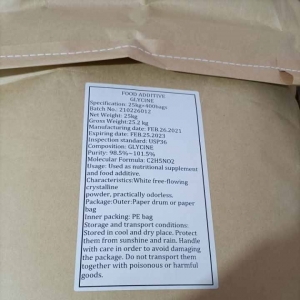


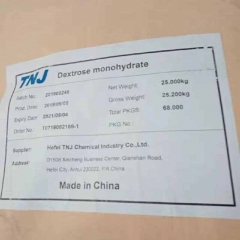
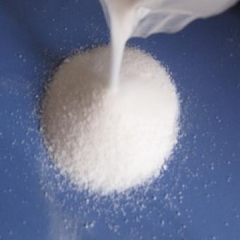
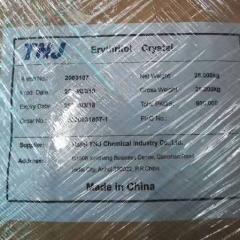
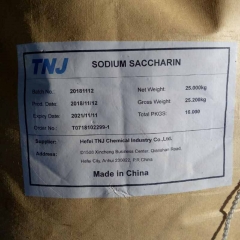
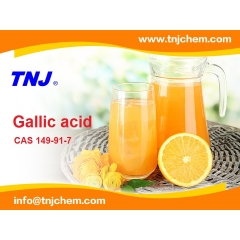
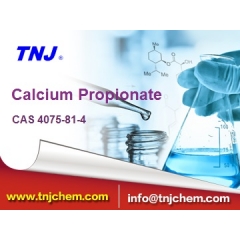

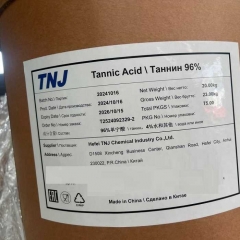
 chemical.tnj
chemical.tnj +8618949823763
+8618949823763 tnjchem
tnjchem 2881500864
2881500864